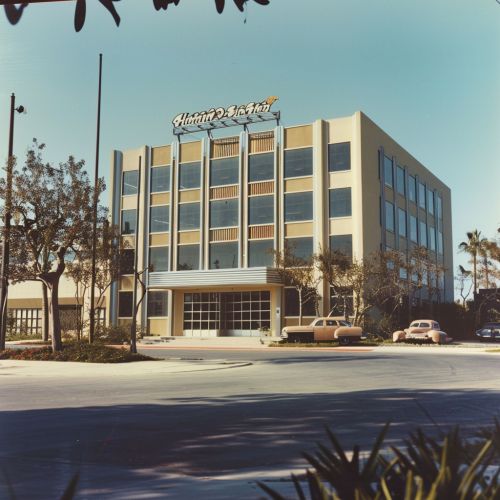Hanna-Barbera Productions
History
Hanna-Barbera Productions was an American animation studio that dominated American television animation for nearly four decades in the mid-to-late 20th century. It was formed in 1957 by former Metro-Goldwyn-Mayer animation directors William Hanna and Joseph Barbera (creators of Tom and Jerry) in partnership with film director George Sidney.


Hanna-Barbera was known for creating a wide variety of popular animated characters and for their large number of animated television series, including The Flintstones, Yogi Bear, The Jetsons, Quick Draw McGraw, Top Cat, Wacky Races, Scooby-Doo, Smurfs, and Huckleberry Hound. These series have become cultural icons and have left a significant impact on subsequent animated series.
Founding and Early Success
After MGM closed their animation division in 1957, Hanna and Barbera founded their own company and began producing animated television shows. Their first series, The Ruff and Reddy Show, premiered on NBC in December 1957. The show was successful, leading to the creation of Huckleberry Hound and Yogi Bear, which were even more popular.
Expansion and New Directions
In the 1960s, Hanna-Barbera Productions expanded its range and began producing prime-time animated television shows, beginning with The Flintstones in 1960. This was followed by The Jetsons and Top Cat. These shows were unique for their time, as they were the first animated shows to be broadcast in prime-time slots and aimed at an adult audience.
Later Years and Decline
In the 1970s and 1980s, Hanna-Barbera continued to produce successful shows, including Scooby-Doo, Where Are You! and The Smurfs. However, the company began to face increasing competition from other animation studios and changes in the television industry. Despite this, Hanna-Barbera remained a prominent force in television animation until the late 1990s.
Legacy
Hanna-Barbera's influence on television animation is immense. The studio's innovative techniques, such as limited animation, allowed for the production of animated television series on a tight budget, which made animation a viable form of television programming. Many of the studio's series and characters have become iconic and continue to be popular today.
See Also
- List of Hanna-Barbera characters
- List of Hanna-Barbera television shows
- Cartoon Network Studios, successor to Hanna-Barbera
